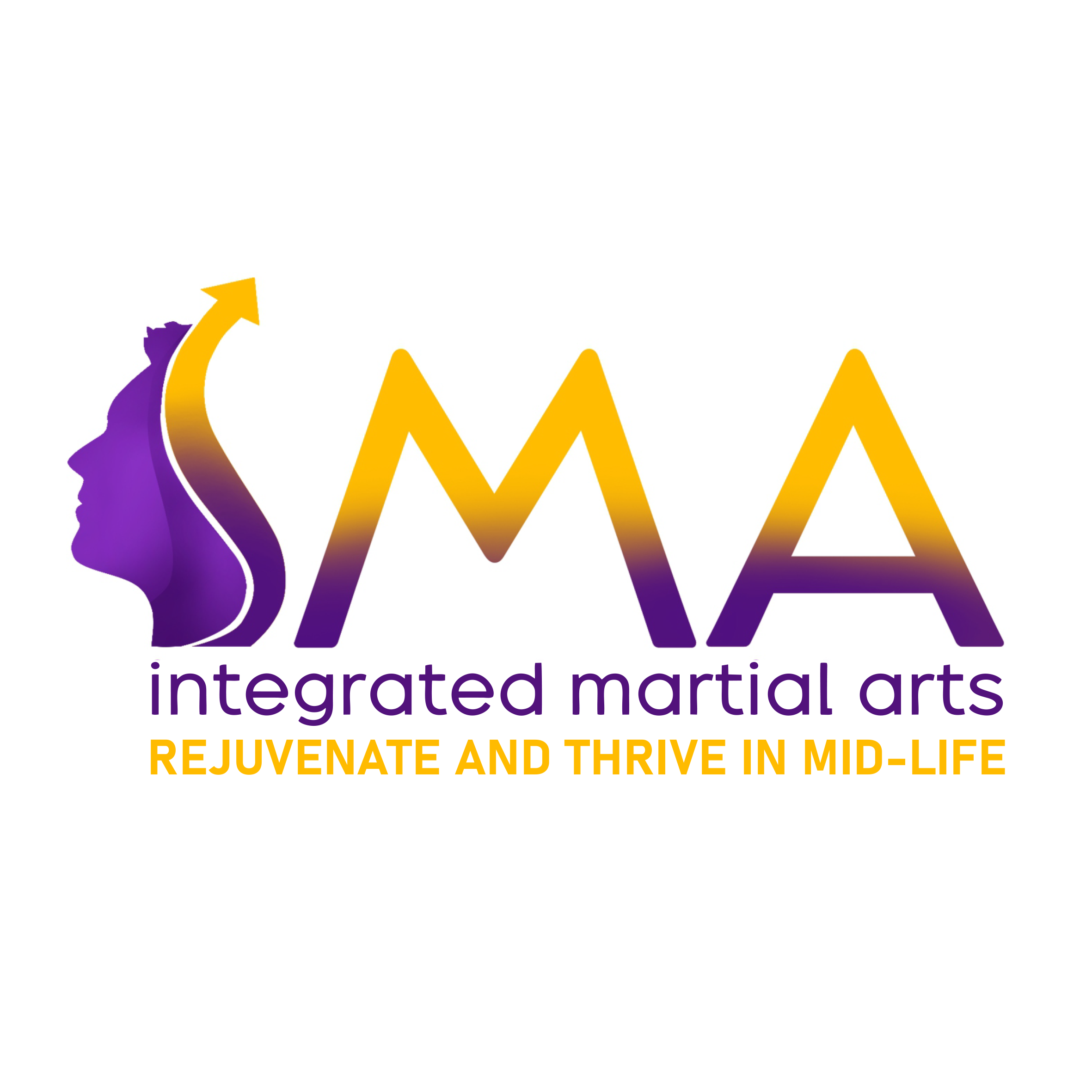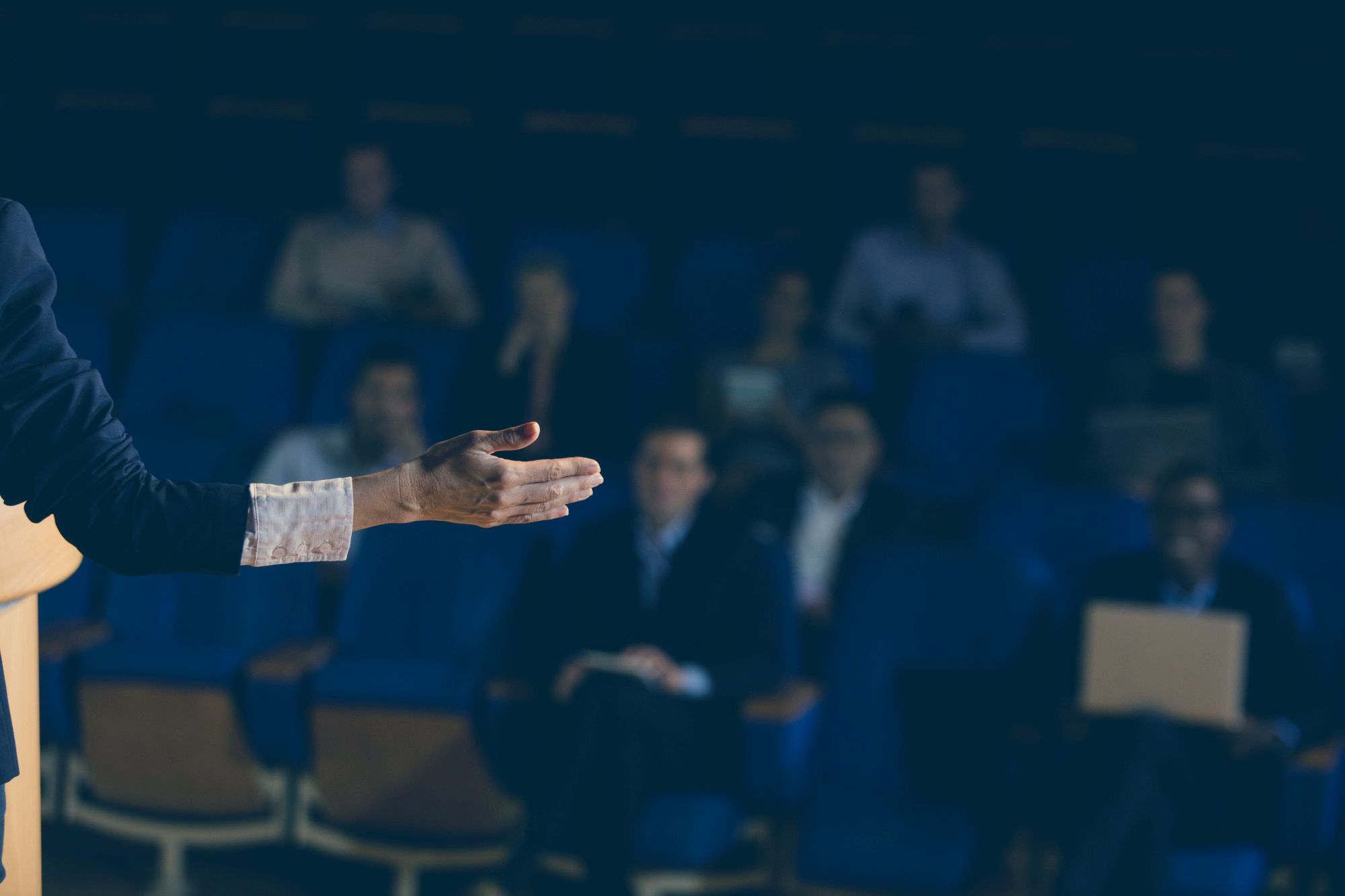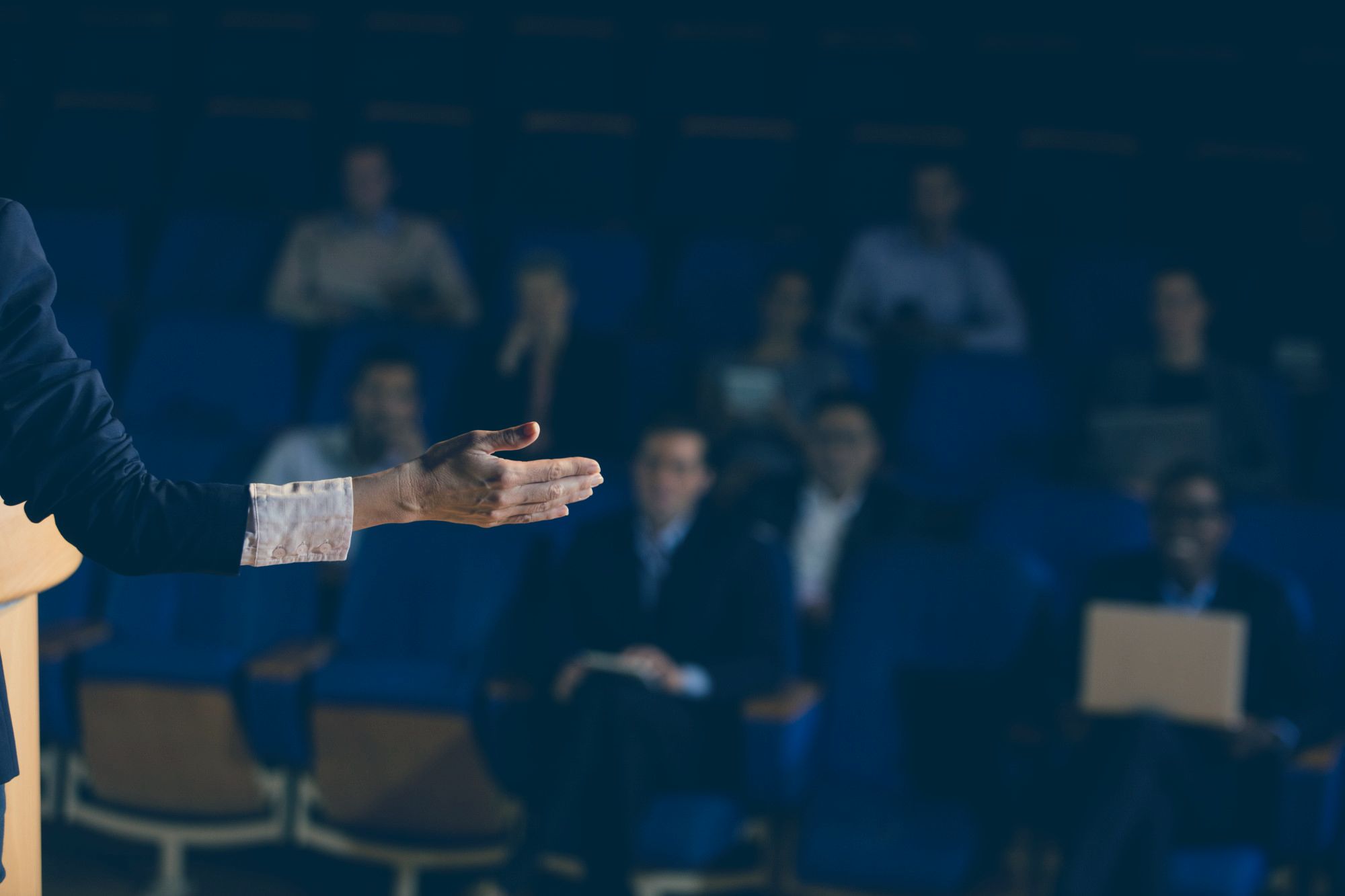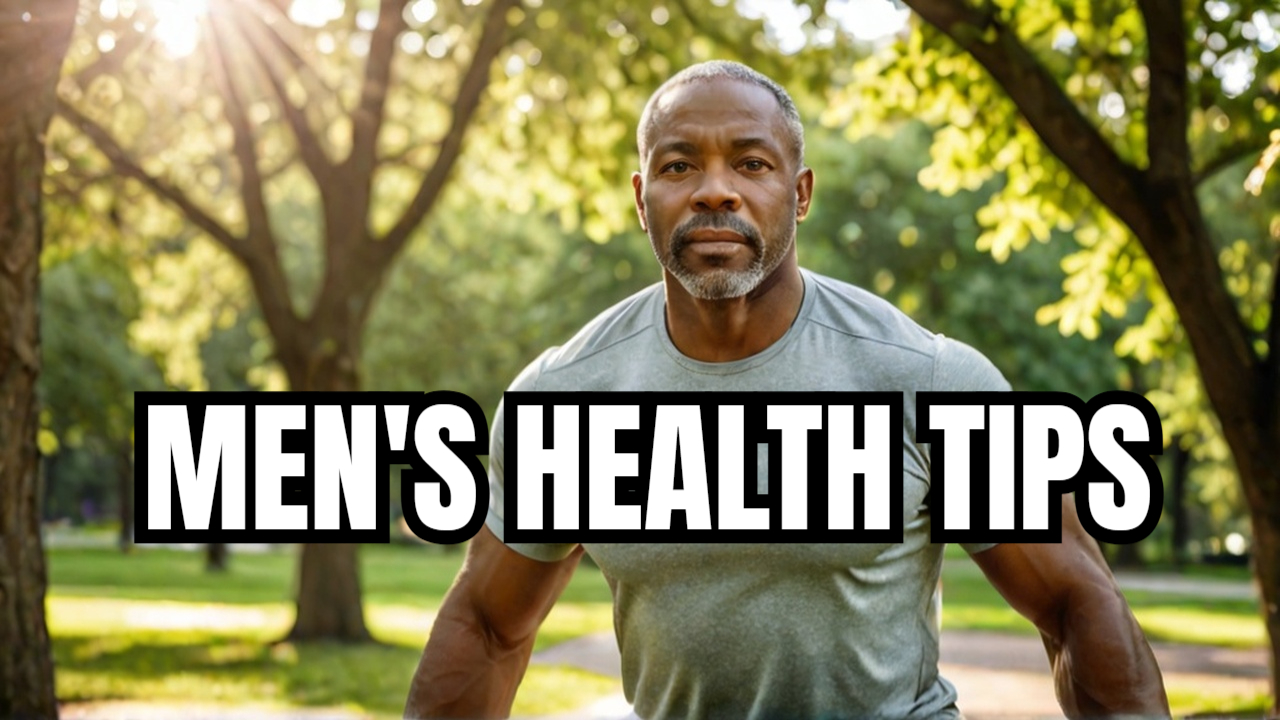For over 3,000 years, martial arts has endured as one of humanity's most complete physical and mental practices. From ancient battlefields to modern gyms, this timeless discipline continues to transform lives—particularly for men navigating the challenges of mid-life. But what makes martial arts so uniquely effective at this crucial stage of life? And why has this practice survived when countless other fitness trends have faded into obscurity?
The answer lies in martial arts' remarkable ability to address every facet of human wellness simultaneously. It's not just exercise, it's a comprehensive system for developing strength, flexibility, mental clarity, and community connection. Let's explore why this ancient practice might be exactly what your mid-life journey needs.
The Complete Human Package
Unlike trendy fitness programmes that come and go, martial arts has survived millennia because it addresses every aspect of human need. It's a holistic system that develops you as a complete person. This comprehensive approach is precisely why it's remained relevant across cultures, continents, and centuries.
Physical Strength and Power
Martial arts builds functional strength through compound movements that engage multiple muscle groups simultaneously. Whether you're practising Brazilian Jiu-Jitsu, Muay Thai, or traditional Karate, you're constantly pushing, pulling, twisting, and stabilising your body in ways that translate to real-world strength.
Unlike isolated exercises in a traditional gym, martial arts movements mimic natural human patterns. You're not just building beach muscles; you're developing the kind of strength that helps you lift heavy objects, maintain balance, and protect yourself and others. The grappling in Judo builds grip strength and core stability. The striking in boxing develops explosive power through your entire kinetic chain. The ground work in Brazilian Jiu-Jitsu creates incredible endurance and full-body strength.
For middle-aged men, this functional strength is crucial. It's the difference between confidently moving furniture and risking a back injury. It's the strength that maintains independence and capability as you age.
Flexibility and Mobility: The Forgotten Foundation
As we age, flexibility becomes increasingly crucial for injury prevention and quality of life. The dynamic stretching and full range-of-motion movements inherent in martial arts keep joints supple and muscles elastic—addressing one of mid-life's biggest concerns.
Consider the high kicks in Taekwondo, the hip mobility required for Judo throws, or the flexibility needed for certain Brazilian Jiu-Jitsu positions. Every training session naturally incorporates stretching and mobility work that would feel tedious in isolation but becomes purposeful when attached to technique development.
This isn't just about touching your toes. Improved flexibility means:
Reduced lower back pain (a common complaint among middle-aged men)
Better posture and reduced desk-work strain
Decreased injury risk in daily activities
Improved athletic performance across all movements
Better quality of life as you age
Many men discover they can move better at 45 through martial arts than they could at 25 sitting at a desk.
Agility, Speed, and Coordination
Training requires rapid directional changes, precise timing, and split-second reactions. This challenges your neuromuscular system in ways that treadmill running or weightlifting simply cannot match, keeping your body responsive and athletic.
When you're sparring, drilling combinations, or practising defensive movements, you're training your nervous system to fire quickly and efficiently. Your brain is constantly calculating distance, timing, and appropriate responses. This keeps your reflexes sharp and your movement patterns dynamic.
For middle-aged men, maintaining agility isn't about becoming an elite athlete—it's about preventing falls, reacting quickly to unexpected situations, and maintaining the physical confidence to engage fully with life. Martial arts training ensures your body remains responsive rather than stiff and slow.
The Mental Edge: Where Martial Arts Truly Shines
What sets martial arts apart from conventional exercise is its profound impact on mental wellness—something increasingly important as life's pressures mount during middle age. This mental component is perhaps the primary reason martial arts has endured for thousands of years. Ancient warriors understood that mental strength was as crucial as physical prowess.
Alertness and Focus in a Distracted World
Every training session demands complete presence. You cannot think about work deadlines or family concerns whilst sparring or drilling techniques. This forced mindfulness creates a mental reset that leaves you sharper and more focused in daily life.
In our modern world of constant notifications, multitasking, and mental fragmentation, martial arts provides a sanctuary of singular focus. When someone is throwing punches at you—even in controlled sparring—your mind has no choice but to be completely present. This enforced mindfulness is more effective than any meditation app.
Regular practitioners report improved concentration at work, better listening skills with family, and an enhanced ability to prioritize what truly matters. The mental discipline developed on the mats transfers seamlessly to every other area of life.
Meditation in Motion
The repetitive practice of forms and techniques becomes a moving meditation. The rhythm of training—breathing, movement, technique—induces a flow state that reduces stress and anxiety whilst improving mental clarity.
Traditional martial arts forms (kata, poomsae, forms) are essentially moving meditations. The precise repetition of techniques, coordinated with breathing and mental focus, creates a meditative state that calms the nervous system. Even in more modern combat sports, the rhythm of hitting pads or drilling techniques provides similar benefits.
This active meditation is often more accessible for men than sitting meditation. You're doing something productive—improving technique—while simultaneously achieving the mental benefits of meditation. Your stress hormones decrease, your parasympathetic nervous system activates, and your mind finds clarity.
Respect, Humility, and the Ego Check
Martial arts culture emphasises respect for instructors, training partners, and the art itself. This creates a supportive environment where ego takes a backseat to growth—refreshing in our competitive modern world.
There's something deeply humbling about being a white belt again, especially if you've achieved success in other areas of life. A junior doctor might be an expert in their field, but they're a beginner on the mats. This ego dissolution is healthy and necessary, particularly for middle-aged men who may have become disconnected from the beginner's mindset.
You learn to respect the knowledge of others, to accept correction without defensiveness, and to measure progress against your former self rather than others. These lessons extend far beyond the gym, improving relationships, work dynamics, and personal growth.
Stress Relief Through Controlled Aggression
There's an often-unspoken benefit to martial arts: it provides a healthy outlet for aggression and stress. Hitting pads, sparring, or grappling allows you to physically discharge stress in a controlled, productive environment.
Middle-aged men face enormous pressure—career demands, financial responsibilities, family obligations, aging parents. This stress accumulates and needs release. Martial arts provides that release while simultaneously building something positive. You're not just venting; you're developing skill, fitness, and mental resilience.
The Community Advantage: Training Together, Growing Together
Perhaps martial arts' greatest strength lies in its communal nature. You're not isolated on a running machine; you're training alongside others who support your growth whilst you support theirs. This accountability and camaraderie proves invaluable for maintaining consistency—the real key to mid-life fitness.
The Power of Accountability
Training partners push you beyond self-imposed limits whilst keeping you safe. There's something uniquely motivating about working towards belts or competitive goals alongside people who understand your journey.
When you're committed to a training schedule with others who expect your presence, you show up—even on days when motivation is low. This external accountability is powerful, particularly during challenging periods of life.
Your training partners become friends who celebrate your promotions, encourage you through plateaus, and provide honest feedback. They're invested in your success because they understand the journey themselves.
Supporting Others to Grow
One of martial arts' most beautiful aspects is the culture of senior students helping junior students. As you progress, you naturally begin coaching others, demonstrating techniques, and providing encouragement. This act of service is deeply fulfilling and reinforces your own learning.
Teaching others forces you to understand techniques at a deeper level. Explaining movements, troubleshooting problems, and adapting instruction to different learning styles makes you a better martial artist while simultaneously contributing to others' development.
This culture of mutual support creates bonds that extend beyond training. The friends you make through martial arts often become lifelong connections built on shared struggle and achievement.
A Diverse Community
Martial arts gyms attract people from all walks of life—different professions, backgrounds, ages, and perspectives. This diversity enriches your life, exposing you to viewpoints and experiences you might not encounter otherwise.
The executive trains alongside the tradesman. The young athlete learns from the older practitioner. Different perspectives blend into a community united by shared commitment to improvement. This breaks down social barriers and creates genuine connections.
The Physiological Benefits: What Science Tells Us
From a pure health perspective, martial arts delivers exactly what middle-aged men need. Modern research increasingly validates what practitioners have known for centuries.
Enhanced Cardiovascular Health and Blood Flow
The varied intensity of training—from technical drilling to intensive sparring—improves cardiovascular health and circulation, combating the sedentary lifestyle many of us lead.
A typical training session includes:
Warm-up movements that elevate heart rate
Technical drilling that maintains steady activity
High-intensity sparring or pad work that pushes cardiovascular limits
Cool-down and stretching that aids recovery
This varied intensity is ideal for heart health. You're getting interval training without the monotony of structured HIIT sessions. Your heart adapts to both sustained effort and explosive bursts, improving overall cardiovascular capacity.
Improved circulation means better oxygen delivery to tissues, enhanced nutrient distribution, and more efficient waste removal. For middle-aged men concerned about heart health, martial arts provides comprehensive cardiovascular conditioning disguised as skill development.
Brain Health and Cognitive Function
Learning complex techniques and strategies creates new neural pathways, supporting cognitive function and potentially reducing age-related mental decline.
Martial arts is inherently complex. You're learning:
Physical techniques (the "how" of movement)
Strategic application (the "when" and "why")
Reading opponents and situations
Adapting to different body types and styles
Problem-solving under pressure
This constant learning keeps your brain plastic and adaptable. Research suggests that complex motor learning—exactly what martial arts provides—is one of the most effective ways to maintain cognitive function as we age.
Many martial artists report improved memory, better problem-solving abilities, and enhanced mental processing speed. You're not just training your body—you're training your brain to remain sharp and responsive.
Metabolic Boost and Weight Management
The combination of strength work, cardiovascular conditioning, and high-intensity intervals keeps your metabolism elevated, making it easier to maintain a healthy weight as your metabolism naturally slows.
Middle-aged men face the reality of declining testosterone and slower metabolic rates. Martial arts combats this through:
Muscle building that increases resting metabolic rate
HIIT-style training that creates an afterburn effect
Reduced stress hormones that interfere with fat loss
Improved insulin sensitivity from regular activity
Additionally, martial arts provides motivation for proper nutrition. You quickly learn that poor food choices directly impact performance. This creates intrinsic motivation for healthy eating rather than relying on willpower alone.
Hormone Optimization
Regular martial arts training positively impacts your hormonal profile:
Increases growth hormone production
Optimizes testosterone levels naturally
Reduces cortisol (stress hormone) over time
Improves sleep quality (crucial for hormone regulation)
These hormonal benefits compound over time, improving energy, mood, body composition, and overall vitality—exactly what middle-aged men need to maintain quality of life.
Bone Density and Joint Health
The impact training involved in striking arts and the resistance training inherent in grappling arts both stimulate bone formation, helping combat age-related bone density loss.
Unlike low-impact exercises that don't stress bones enough to trigger adaptation, martial arts provides sufficient stress to maintain and even improve bone density. This is crucial for preventing osteoporosis and maintaining skeletal integrity as you age.
Finding Your Style: The Martial Arts Buffet
The beauty of martial arts is its diversity. There's genuinely something for everyone, regardless of current fitness level, personality, or preferences.
Brazilian Jiu-Jitsu: The Gentle Art
Often called "physical chess," BJJ emphasizes technique over strength. It's ideal for:
Those who want to minimize impact and striking
People who enjoy problem-solving and strategy
Anyone interested in practical self-defense
Those who prefer ground fighting to standup combat
BJJ is remarkably welcoming to beginners and older practitioners. The emphasis on technique means smaller, older practitioners can successfully spar with younger, stronger opponents.
Muay Thai: The Art of Eight Limbs
Thailand's national sport provides devastating striking and phenomenal conditioning:
Full-body workout incorporating punches, kicks, elbows, and knees
Excellent cardiovascular training
Practical for self-defense
Great for stress relief through pad work
The conditioning from Muay Thai is legendary. You'll develop excellent fitness while learning one of the most effective striking systems in existence.
Boxing: The Sweet Science
Often overlooked, boxing provides:
Excellent upper-body conditioning
Superior footwork and movement skills
Hand-eye coordination development
Accessible sparring (headgear and supervision make it safe)
Boxing's simplicity is deceptive—mastering the fundamentals takes years, providing endless room for improvement and refinement.
Judo: The Way of Gentleness
This Olympic sport focuses on throws and grappling:
Incredible functional strength development
Full-body conditioning through throws
Emphasis on using opponent's momentum
Less striking (good for those avoiding head contact)
Judo teaches you to control and redirect force rather than meeting it directly—a valuable metaphor for life.
Traditional Arts: Karate, Taekwondo, Kung Fu
These disciplines offer:
Structured progression through belt systems
Forms (kata) that develop precision and focus
Community and tradition
Good balance of striking and movement
Traditional arts often appeal to those who value ceremony, history, and philosophical aspects alongside physical training.
MMA: The Complete System
Mixed Martial Arts combines elements from multiple disciplines:
Comprehensive skillset (striking and grappling)
Intense physical conditioning
Practical effectiveness
Competitive opportunities if desired
MMA gyms often allow you to sample various styles before specializing, making them excellent starting points.
Getting Started: Practical Considerations
Start Slowly and Listen to Your Body
Middle-aged bodies require more recovery time and careful progression. The best martial arts schools understand this and will work with your current fitness level.
Don't compare yourself to 20-year-old competitors. Compare yourself to who you were last month. Progress is progress, regardless of pace.
Find the Right School
Visit multiple gyms. Look for:
Qualified, experienced instructors
Clean, well-maintained facilities
Welcoming atmosphere for beginners
Age-appropriate classes or mixed classes that accommodate different levels
Emphasis on safety alongside skill development
The right gym feels supportive rather than intimidating. You should feel challenged but not overwhelmed.
Commit to Consistency Over Intensity
Two to three quality sessions per week will produce better results than sporadic intense training. Your body needs time to adapt and recover.
Consistency builds skill, creates habit, and prevents injury. Show up regularly, train intelligently, and trust the process.
Invest in Proper Equipment
Quality gear makes training safer and more enjoyable:
Properly fitted gloves and hand wraps
A good mouthguard
Appropriate uniform (gi or training clothes)
Protective equipment as required by your chosen discipline
Don't skimp on safety equipment. Your body is your most important investment.
The 3,000-Year Solution
Martial arts has endured for three millennia not through accident, but because it addresses fundamental human needs that transcend culture and time. Ancient civilizations developed these systems not just for combat, but for complete human development.
It builds the strength to face physical challenges—not just in training, but in lifting grandchildren, moving house, or helping friends. It develops the flexibility to adapt to life's demands—both physically and mentally. It creates the mental clarity to make wise decisions under pressure. And it provides the community support to weather difficult times.
The warriors of ancient China, the samurai of Japan, the gladiators of Rome—they all understood something profound: true strength comes from developing every aspect of yourself. Physical prowess without mental discipline is incomplete. Mental strength without physical capability is theoretical. Individual excellence without community connection is hollow.
Modern martial arts preserves this wisdom while making it accessible. You don't need to be a professional fighter or exceptional athlete. You need only the willingness to begin, the humility to learn, and the commitment to continue.
The Mid-Life Opportunity
Your forties, fifties, and beyond aren't a time to settle into decline—they're an opportunity to build something meaningful. The strength, focus, and discipline you develop through martial arts will serve you in every area of life.
You'll handle work stress better. You'll be more present with family. You'll have more energy. You'll sleep better. You'll stand taller, move more confidently, and feel more capable. These aren't empty promises—they're the documented experiences of countless practitioners.
The physical transformation is real and significant. But the mental and emotional transformation is profound. You'll discover reserves of strength—physical and mental—you didn't know you possessed. You'll push through discomfort and emerge stronger. You'll face challenges that once seemed impossible and conquer them.
Beyond Fitness: A Way of Life
Eventually, martial arts becomes more than exercise. It becomes a framework for approaching life. The discipline you develop on the mats applies to nutrition, work habits, and personal relationships. The resilience you build through training extends to facing life's challenges. The mindfulness you practice during technique work becomes your default mode of operation.
Many practitioners report that martial arts doesn't just make them fitter—it makes them better men. More patient fathers. More focused professionals. More supportive partners. More engaged friends.
This holistic transformation is why martial arts has survived 3,000 years while countless fitness trends have come and gone. It's not just about having a good workout—it's about becoming a better version of yourself.
The Time is Now
For men in mid-life seeking a sustainable path to strength, flexibility, and wellness, the answer isn't found in the latest fitness fad or miracle supplement. It's been waiting for 3,000 years, refined and proven by countless generations across every culture and continent.
The question isn't whether martial arts works—history has definitively answered that. The question is whether you're ready to experience it for yourself.
Every master was once a beginner. Every black belt started as a white belt. Every impressive technique was once impossibly difficult. The difference between those who achieve mastery and those who only wonder about it is simple: they began, and they continued.
Your mid-life martial arts journey won't look like anyone else's. You'll have different strengths, different challenges, different goals. That's not just acceptable—it's ideal. Martial arts meets you where you are and takes you where you want to go.
The strength you need is already within you. The flexibility will come with practice. The community is waiting. The wellness you seek is achievable. The ancient art that's transformed millions over 3,000 years is ready to transform you.
The only question is: are you ready to begin your journey?
The gym is open. The mats are waiting. Your future self—stronger, more flexible, more mentally clear, more connected—is waiting for you to take that first step.
What are you waiting for?














